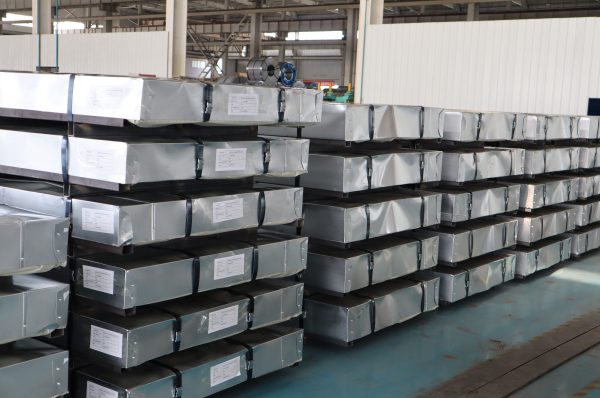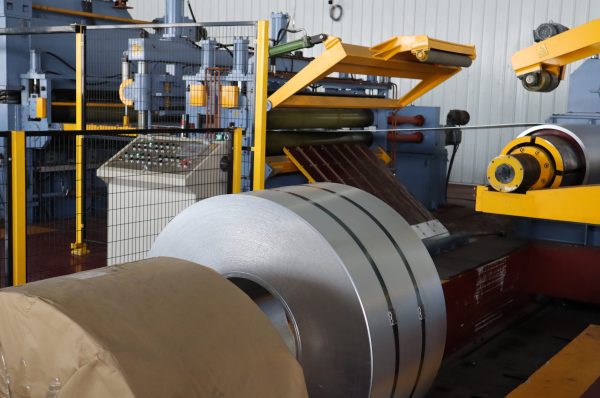Hot-rolled steel is a widely used material in various industries due to its excellent mechanical properties and versatility. Its production involves heating steel above its recrystallization temperature and then rolling it into desired shapes. The chemical composition of hot-rolled steel plays a crucial role in defining its properties and performance. This article explores the key elements in hot-rolled steel, detailing their contributions to the alloy’s characteristics and applications.
1. Iron (Fe)
Iron is the fundamental component of hot-rolled steel, constituting the majority of its composition. As the base metal, iron provides the primary structure and bulk of the steel. The quality and purity of iron affect the steel’s overall strength, ductility, and mechanical properties. Iron serves as the foundation for other alloying elements, influencing the final characteristics of the steel.
2. Carbon (C)
Carbon is a critical alloying element in hot-rolled steel, typically present in concentrations ranging from 0.10% to 0.30% for structural grades. Carbon significantly impacts the steel’s hardness, tensile strength, and wear resistance. Higher carbon content increases strength and hardness but can reduce ductility and toughness. Managing the carbon level is crucial for balancing strength and flexibility in hot-rolled steel applications.
3. Manganese (Mn)
Manganese is commonly added to hot-rolled steel, usually in amounts between 0.30% and 1.00%. It enhances the steel’s strength and toughness by improving its hardenability. Manganese also acts as a deoxidizer during steelmaking, helping to remove impurities and refine the steel’s microstructure. Its presence improves the steel’s resistance to wear and impact, making it suitable for demanding applications.
4. Silicon (Si)
Silicon is often included in hot-rolled steel in concentrations of 0.15% to 0.35%. It primarily serves as a deoxidizer, removing oxygen from the molten steel and improving its quality. Silicon also enhances the steel’s strength and magnetic properties, which is particularly valuable in applications requiring electrical steel or enhanced strength-to-weight ratios.
5. Phosphorus (P)
Phosphorus is generally present in trace amounts, typically less than 0.10%, in hot-rolled steel. While it can improve strength and machinability, excessive phosphorus can lead to brittleness and reduced ductility. Therefore, controlling phosphorus levels is important to maintain the steel’s toughness and overall performance, especially in structural applications.
6. Sulfur (S)
Sulfur is another trace element found in hot-rolled steel, usually in amounts less than 0.05%. It can improve machinability by forming sulfur-containing inclusions that act as chip breakers during machining. However, high sulfur content can negatively affect ductility and weldability. Hence, sulfur levels are carefully controlled to balance machinability with other mechanical properties.
7. Chromium (Cr)
Chromium is occasionally added to hot-rolled steel, particularly in higher-grade alloys, to enhance corrosion resistance and hardness. Typically present in concentrations of 0.10% to 1.00%, chromium improves the steel’s resistance to oxidation and wear. It also contributes to the formation of a hard, wear-resistant surface, making it suitable for applications requiring durability.
8. Nickel (Ni)
Nickel is used in certain hot-rolled steels to improve toughness, strength, and resistance to corrosion. In concentrations ranging from 0.30% to 2.00%, nickel enhances the steel’s impact resistance and performance in harsh environments. It stabilizes the steel’s microstructure, improving its mechanical properties and suitability for various industrial applications.
9. Aluminum (Al)
Aluminum is often used in small quantities (typically less than 0.10%) in hot-rolled steel as a deoxidizer and grain refiner. It helps to improve the steel’s surface finish and mechanical properties by refining the grain structure and reducing the formation of oxides. This addition contributes to the steel’s overall quality and performance.
Conclusion
The chemical composition of hot-rolled steel is fundamental in determining its mechanical properties, performance, and suitability for diverse applications. Each alloying element plays a specific role in enhancing the steel’s strength, durability, and resistance to various conditions. By understanding the effects of these elements, manufacturers can tailor hot-rolled steel to meet the specific requirements of different industries, ensuring that it performs effectively in a wide range of applications.



